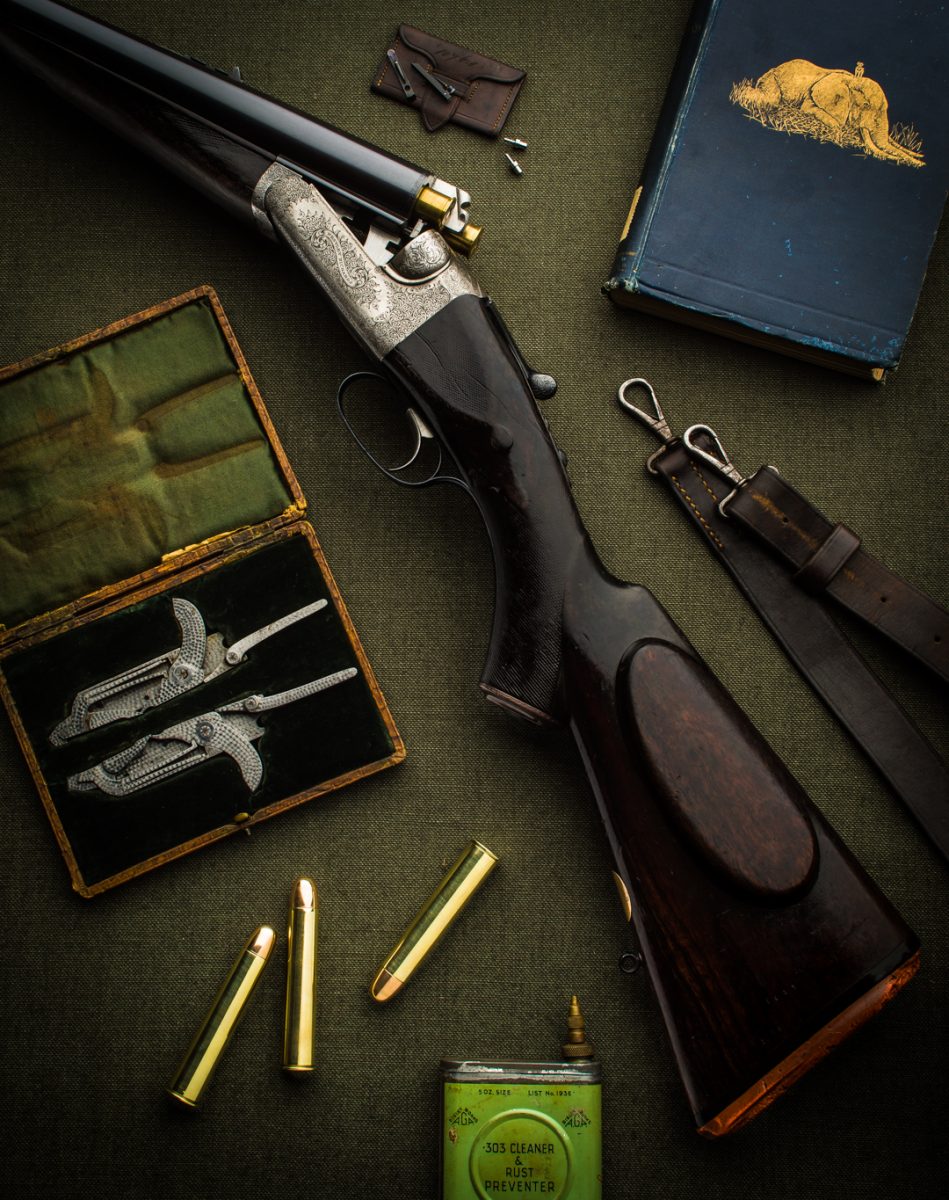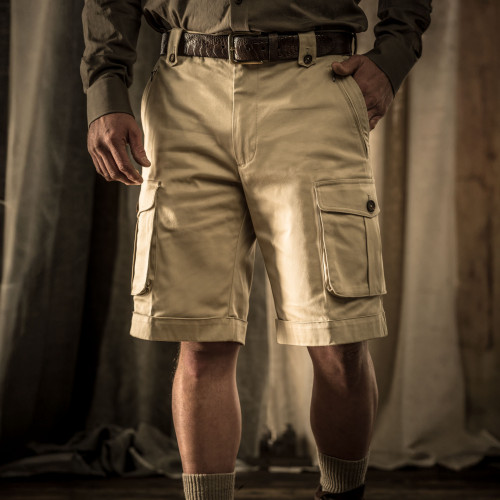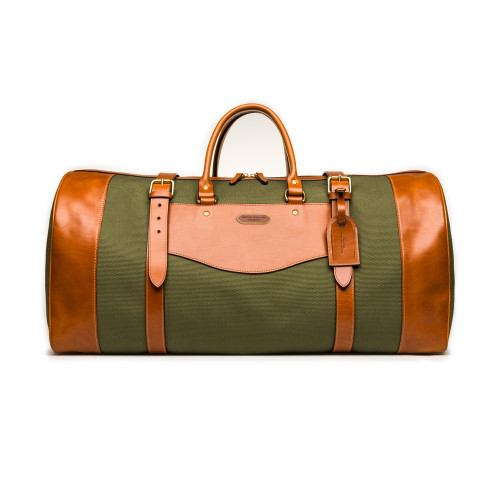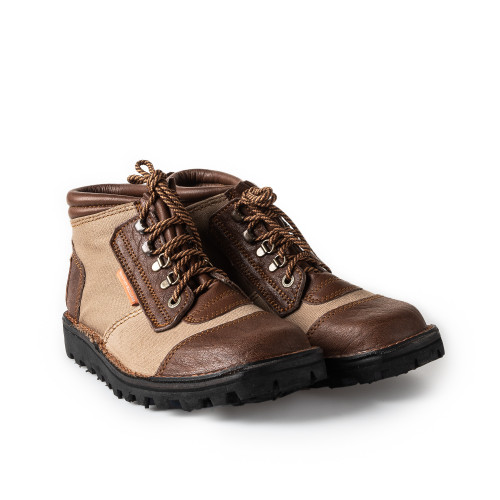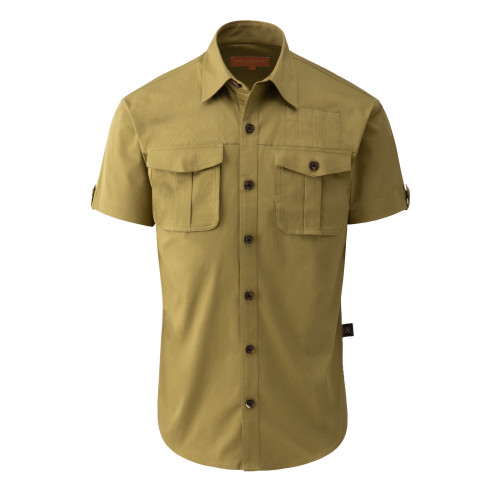He belonged to the last generation of such elephant hunter professionals as elephant numbers were already in serious decline by 1900. He worked all over Mozambique, Tanzania, Uganda, the Congo and Malawi. In 1912 he published The Adventures of an Elephant Hunter, in which he made numerous references to his “heavy .577” which he acquired in 1906.
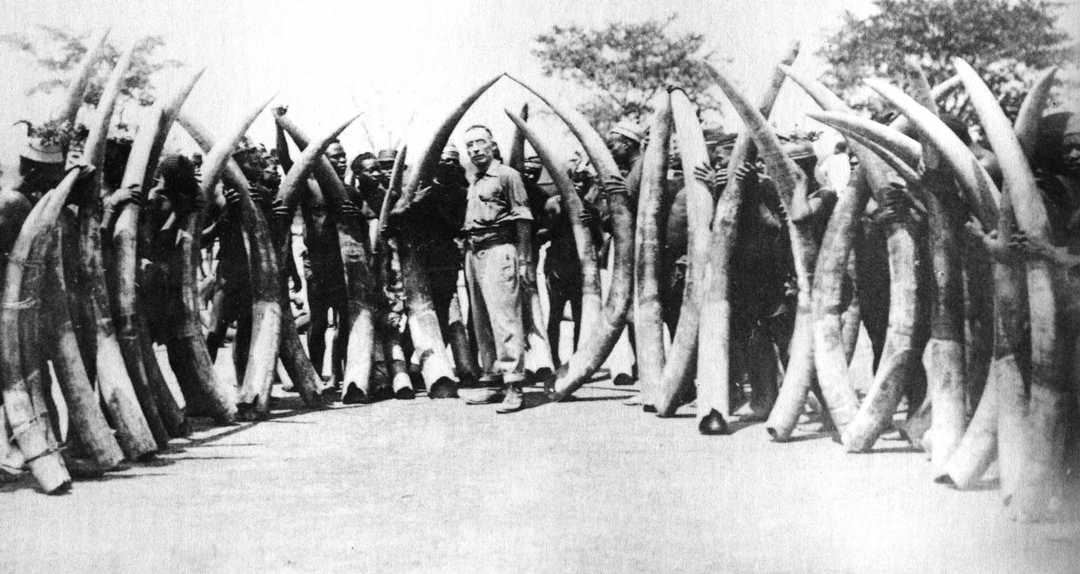 James Sutherland the legendary elephant hunter and a party of his African trackers and porters displaying a haul of ivory.
James Sutherland the legendary elephant hunter and a party of his African trackers and porters displaying a haul of ivory.The .577 double-barrelled, detachable lock, ejector rifle was then capable of delivering 7,000 lbs of energy - more than enough to stop a charging elephant in its tracks. Mr Sutherland wrote of his Westley Richards rifle: “After experimenting with and using all kinds of rifles, I find the most effective to be the double .577 with a 750 grains bullet and a charge in axite powder equivalent to a hundred grains of cordite. The heavier double-barrelled .600 bore rifle, with a bullet weighing 900 grains, lacks the penetration of the .577, while its weight (16 lbs. against 13 lbs. of the latter) renders it a much more awkward weapon to handle.
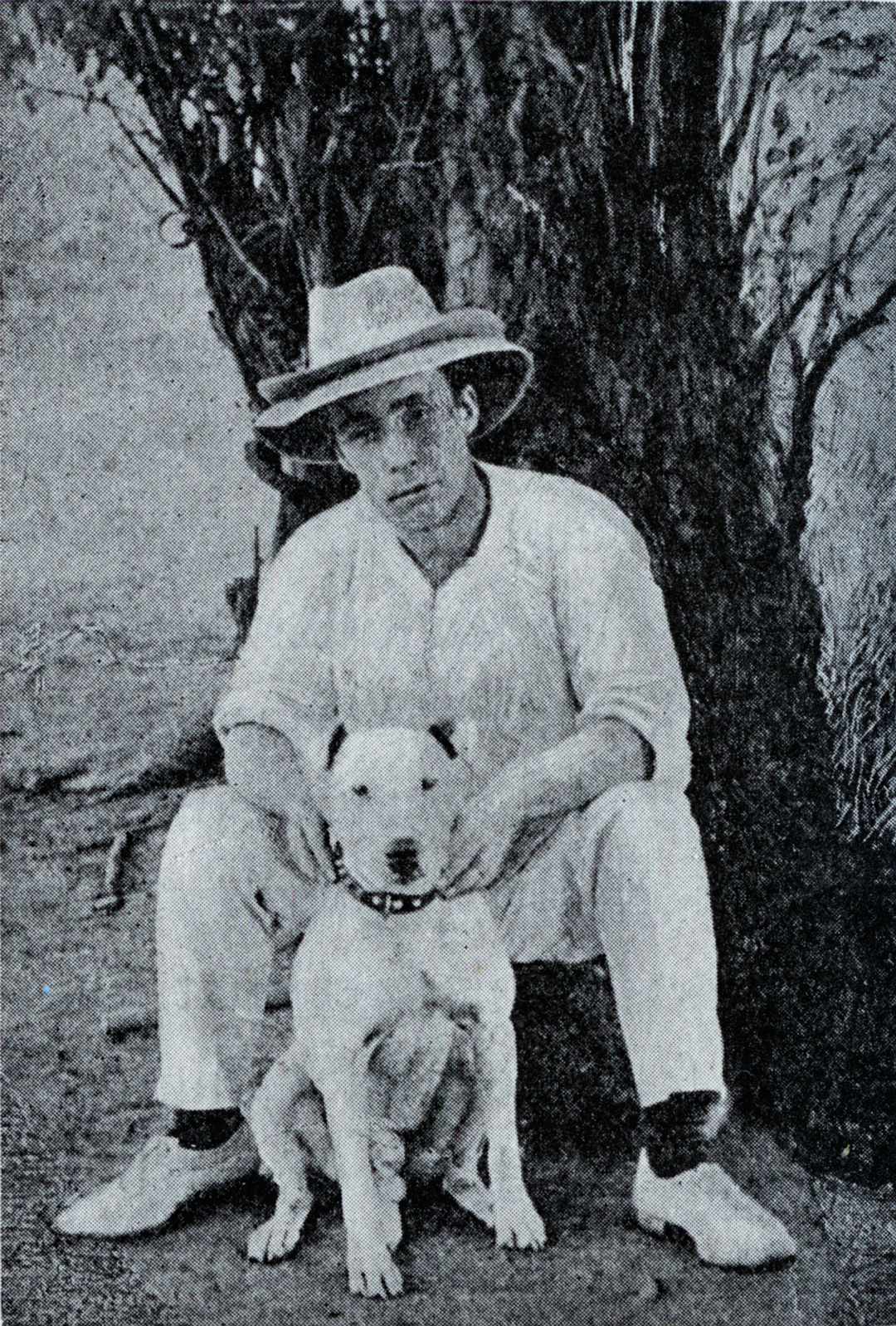 James Sutherland and his terrier.
James Sutherland and his terrier.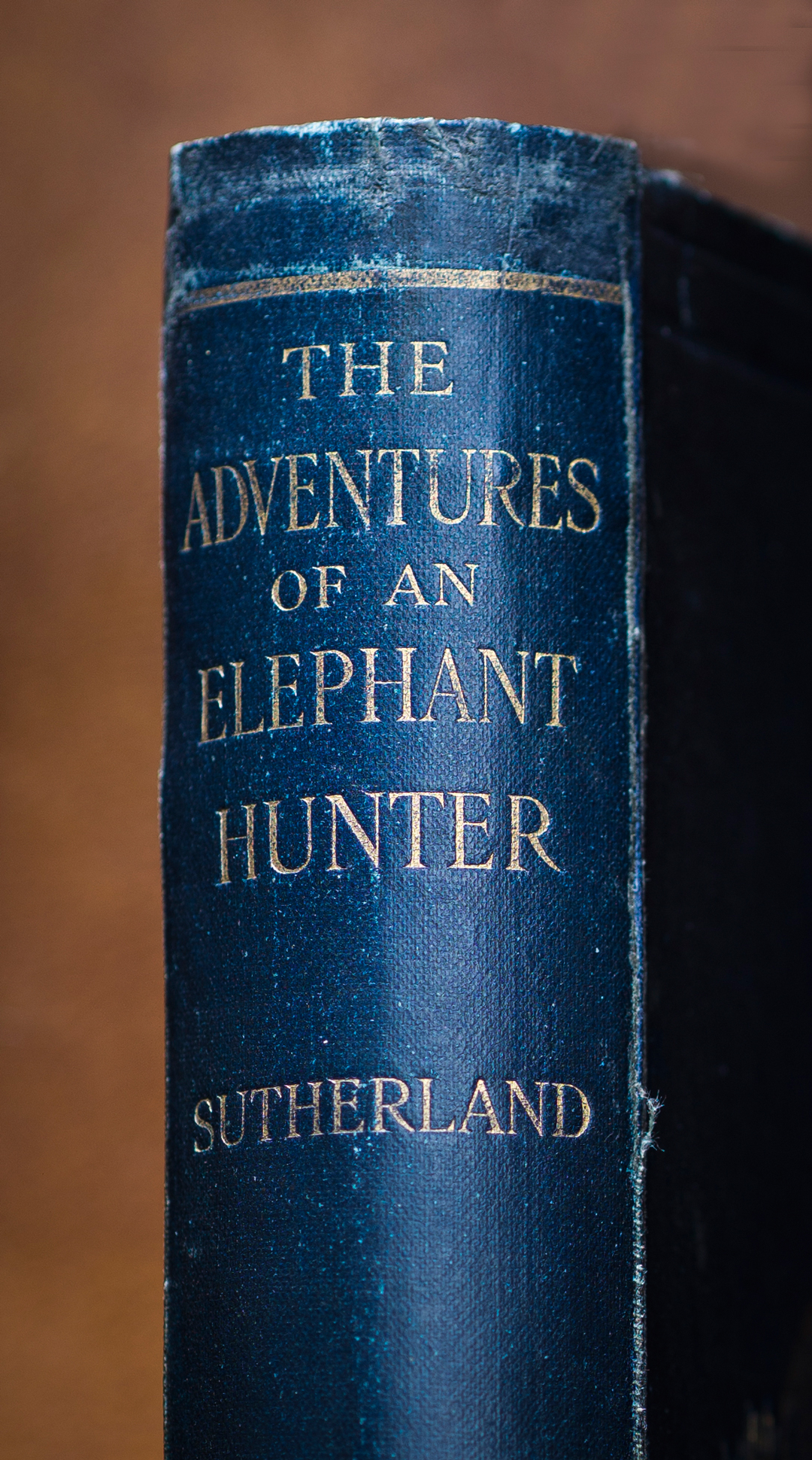 James Sutherland’s signature; A detail of the cover from Sutherland’s memoir.
James Sutherland’s signature; A detail of the cover from Sutherland’s memoir.I think the superiority of the .577 over the .450 and .500 rifles, will be evident when I state that I have lost elephants with these two last rifles, while I have bagged others with identical shots from a .577.” He wrote to the company: “I am sending you my double .577 and .318 rifles to be cleaned. Perhaps it may interest you to know that I have shot 322 males, out of a total of 477 elephants . . .233 of these fell to the above .577. I think you will find the rifles as good as ever.”
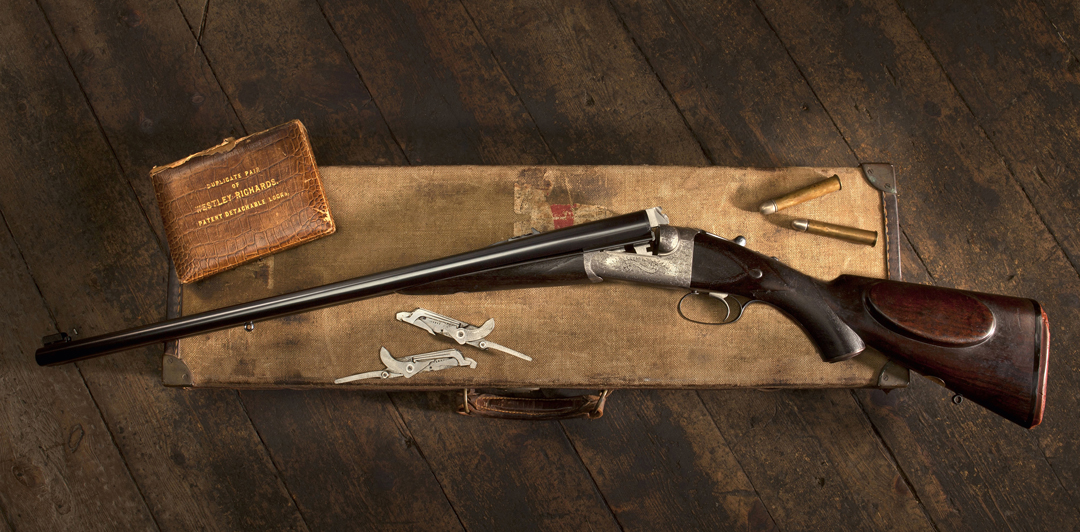 James Sutherland’s much used .577 single trigger hand detachable lock double rifle No. 16650 built in 1906 to match Col Stockley’s pair of .577s of 1904.
James Sutherland’s much used .577 single trigger hand detachable lock double rifle No. 16650 built in 1906 to match Col Stockley’s pair of .577s of 1904.Mr Sutherland served twice in the British army in Africa in 1905-06 and, then again, during the First World War as an intelligence officer, returning to hunting after the war. He wrote in 1910 of his admiration for the Westley Richards ‘one trigger’ mechanism: “The double .577 rifle is still acting perfectly as when I got it about three years ago. I have shot 120 male elephants with it to date. The one trigger is beyond praise. I would never go back to the old two trigger for worlds. It is so quick especially when in thick bush, and a second shot has to be fired rapidly.”
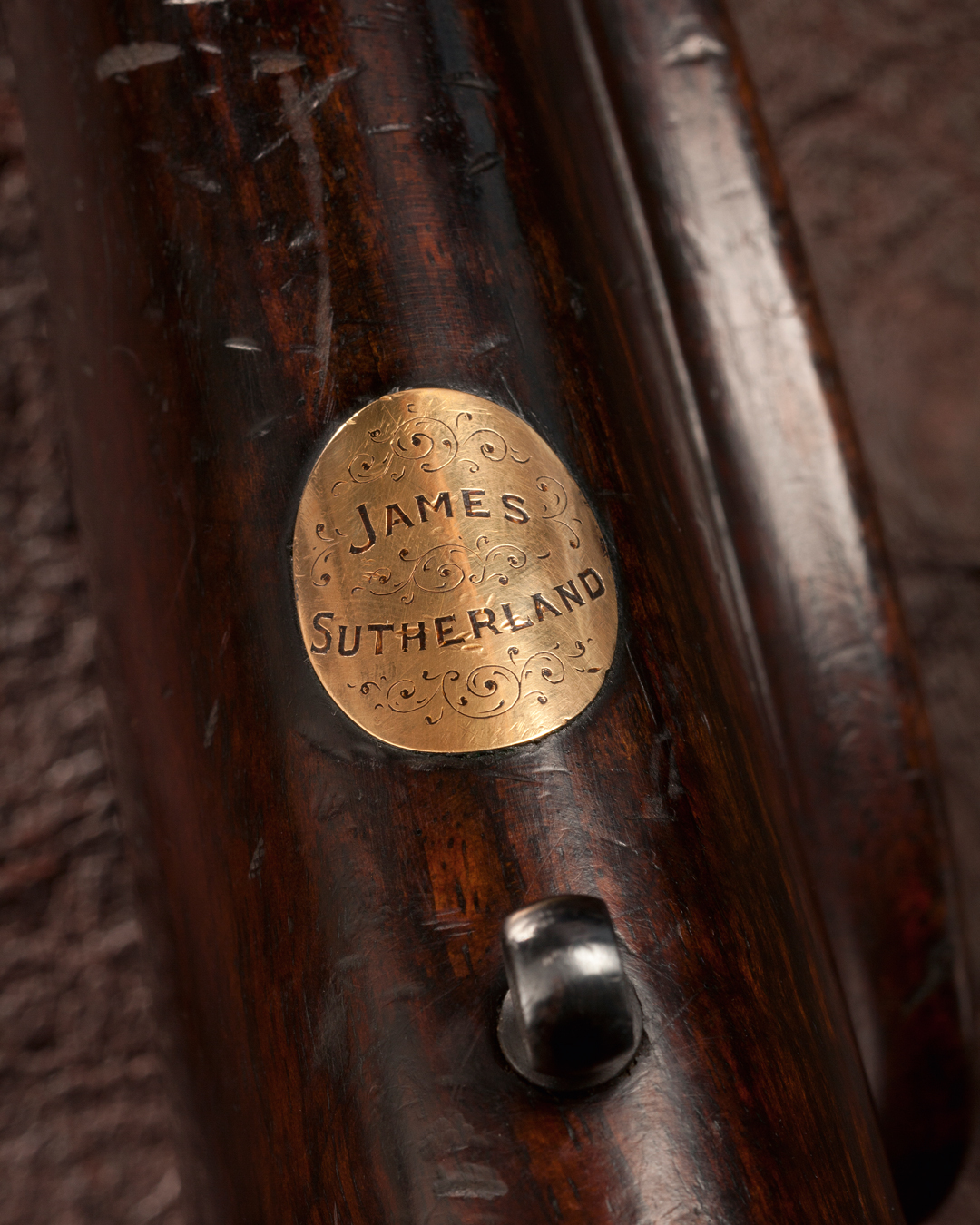 "After experimenting with and using all kinds of rifles, I find the most effective to be the double .577 with a 750 grains bullet and a charge in the Axite powder equivalent to a hundred grains of cordite.When using the double-barrelled rifles against big and dangerous game it is of supreme importance to have a thoroughly reliable ejecting mechanism, and I find that a single trigger is a vast improvement on the old double trigger."
"After experimenting with and using all kinds of rifles, I find the most effective to be the double .577 with a 750 grains bullet and a charge in the Axite powder equivalent to a hundred grains of cordite.When using the double-barrelled rifles against big and dangerous game it is of supreme importance to have a thoroughly reliable ejecting mechanism, and I find that a single trigger is a vast improvement on the old double trigger."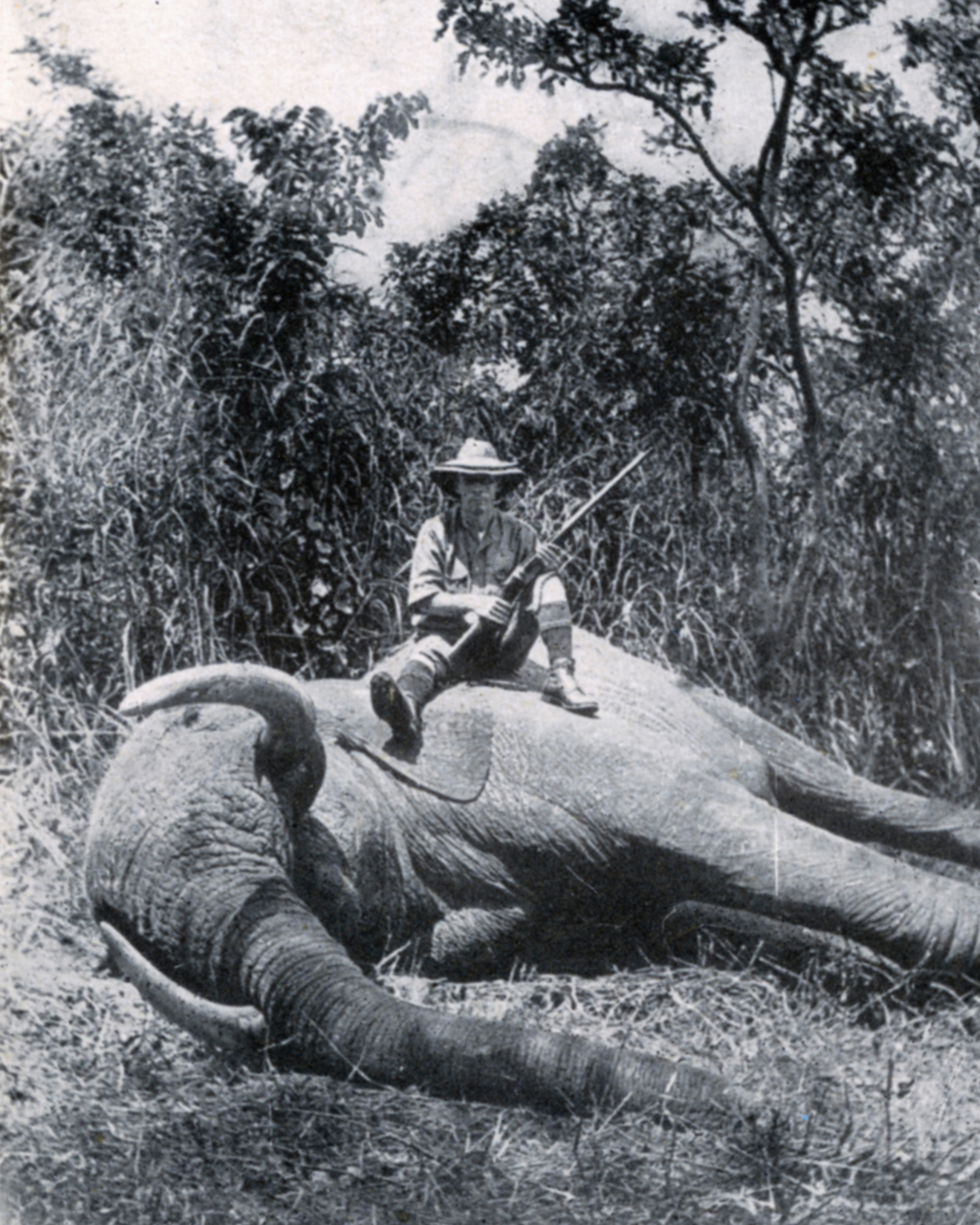 Sutherland sitting astride an elephant with his Westley Richards .577
Sutherland sitting astride an elephant with his Westley Richards .577Poisoned by members of the Azandi tribe in 1929, he survived, though part paralysed, to continue hunting until he died aged sixty, in the Ubangi Shari, in Southern Sudan in 1932. One of Mr Sutherland’s favoured Westley Richards guns, sold recently at Bonhams for £66,000, had also been later owned by his friend and fellow professional hunter, Major G.H. ‘Andy’ Anderson, who accompanied the Duke and Duchess of York (later King George VI and Queen Elizabeth) on safari in 1924. Major Anderson wrote African Safaris (1946), which includes accounts of hunting alongside Sutherland.
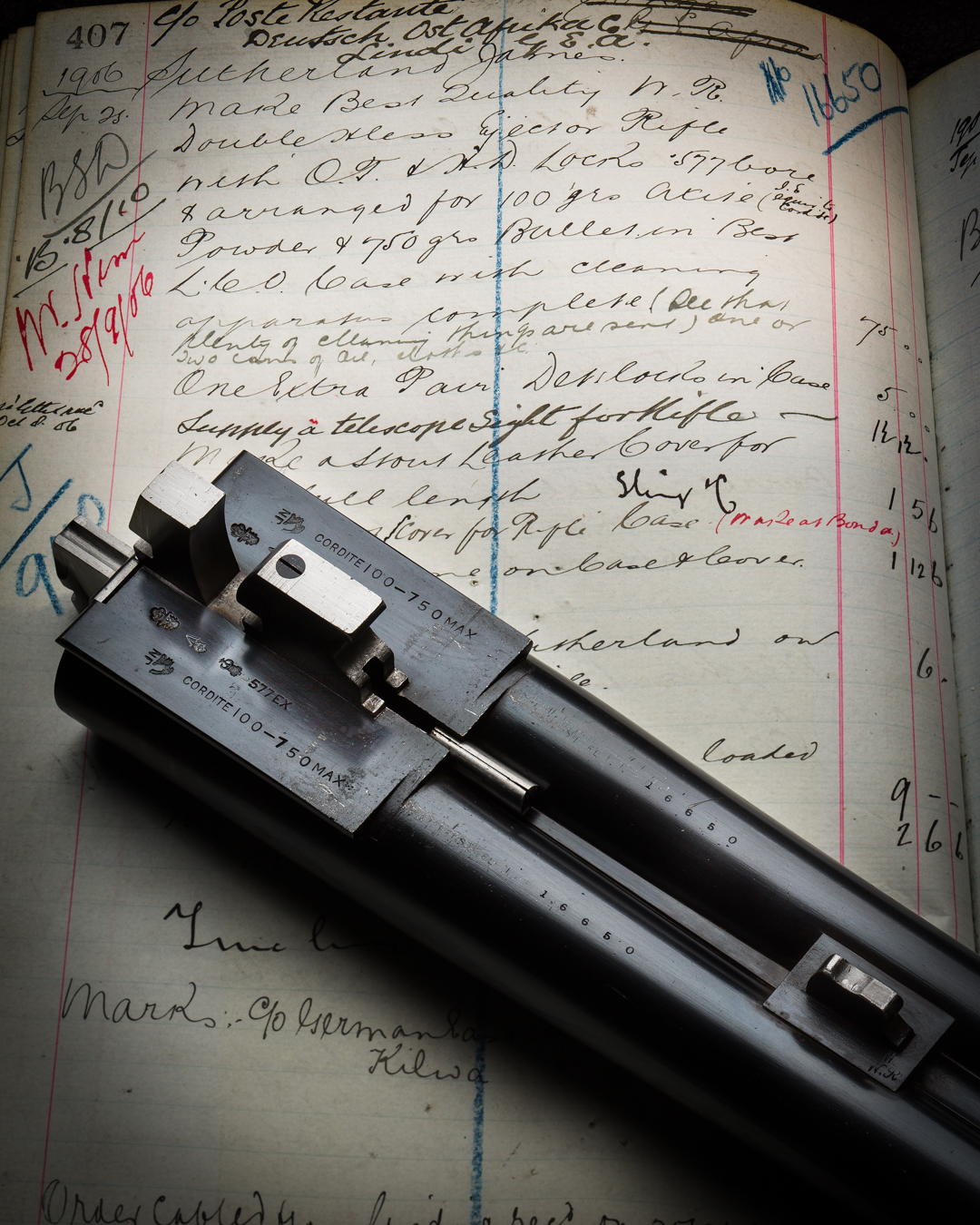
The Explora Blog is the world’s premier online journal for field sports enthusiasts, outdoor adventurers, conservationists and admirers of bespoke gunmaking, fine leather goods and timeless safari clothes. Each month Westley Richards publishes up to 8 blog posts on a range of topics with an avid readership totalling 500,000+ page views per year.
Blog post topics include: Finished custom rifles and bespoke guns leaving the Westley Richards factory; examples of heritage firearms with unique designs and celebrated owners like James Sutherland and Frederick Courtenay Selous; the latest from the company pre-owned guns and rifles collection; interviews with the makers from the gun and leather factory; new season safari wear and country clothing; recent additions to our luxury travel bags and sporting leather goodsrange; time well spent out in the field; latest news in the sporting world; and key international conservation stories.












